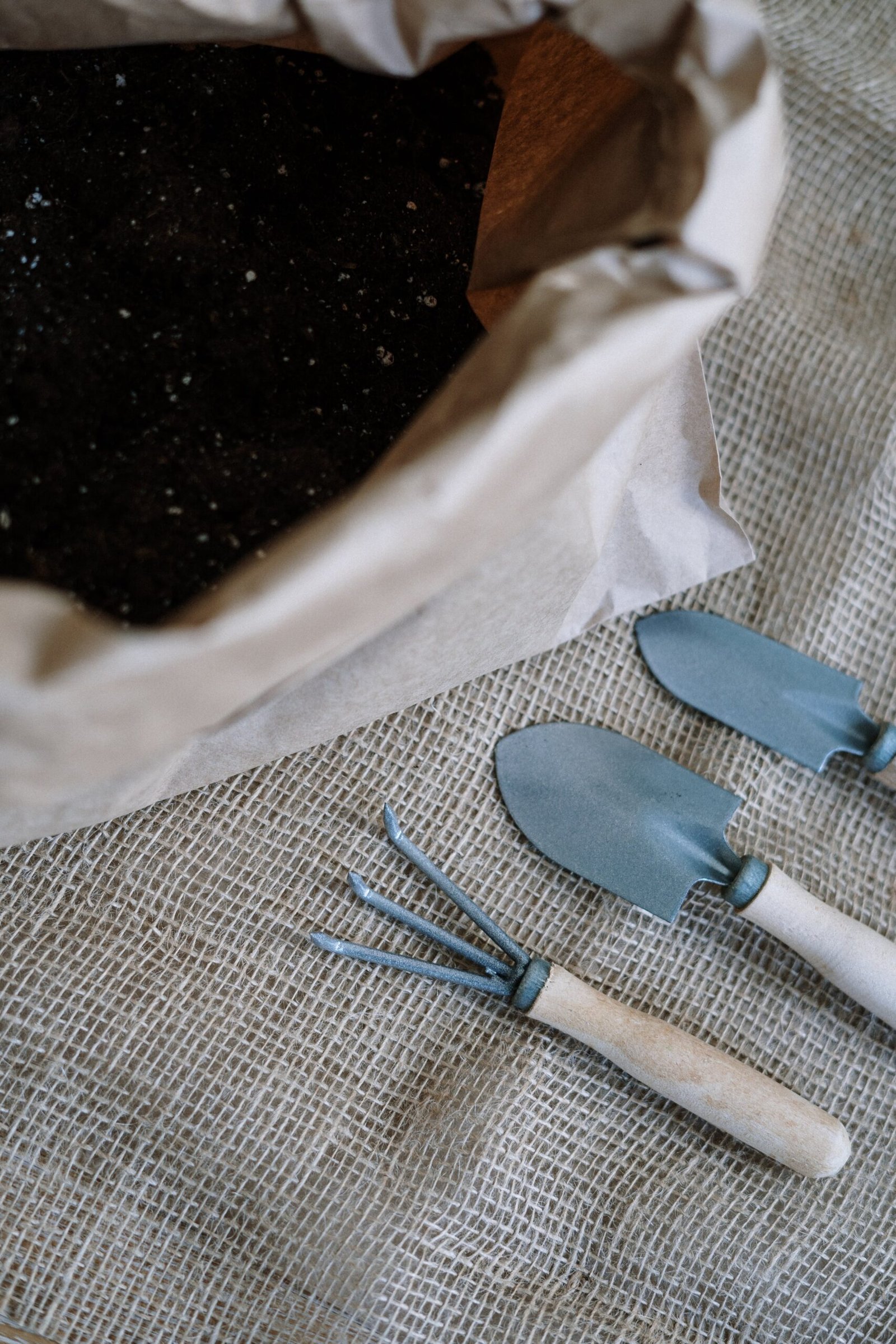
Imagine transforming your urban apartment balcony into a thriving oasis of greenery and productivity. With these 10 essential tips, you’ll discover the secrets to cultivating a flourishing balcony garden that not only adds beauty to your living space but also provides you with an abundance of fresh herbs, vegetables, and flowers. From choosing the right plants to optimizing space and creating a sustainable watering system, this article will guide you through the process of creating a lush and productive balcony garden. Get ready to enjoy the joys of gardening right outside your doorstep!
How do you create a productive balcony garden in an urban apartment?
Having a balcony garden in your urban apartment is not only a great way to connect with nature, but it also allows you to grow your own fresh produce and create a relaxing oasis in the midst of the city. Whether you’re a seasoned gardener or a beginner, here are some tips to help you create a productive and thriving balcony garden.
Choosing the Right Plants
Consider the climate and sunlight requirements
When choosing plants for your balcony garden, it’s important to consider the climate and the amount of sunlight your balcony receives. Some plants thrive in sunny conditions, while others prefer shade. Take note of the direction your balcony faces and how much direct sunlight it gets throughout the day. This information will help you select plants that will flourish in your specific environment.
Select plants that thrive in containers
Since your balcony garden will be in containers, it’s important to choose plants that are well-suited for this type of growing environment. Look for compact varieties that have shallow root systems and can be easily contained in pots. Herbs like basil, chives, and mint, as well as vegetables like tomatoes, peppers, and lettuce, are excellent choices for container gardening.
Choose plants that are suitable for vertical gardens
If you have limited space on your balcony, consider vertical gardening. Vertical gardens utilize vertical wall space to grow plants, allowing you to maximize your growing area. Look for plants that have trailing or climbing habits, such as strawberries, ivy, or vine tomatoes. These plants can be trained to grow up trellises or wall-mounted planters, adding visual interest and making the most of your balcony space.
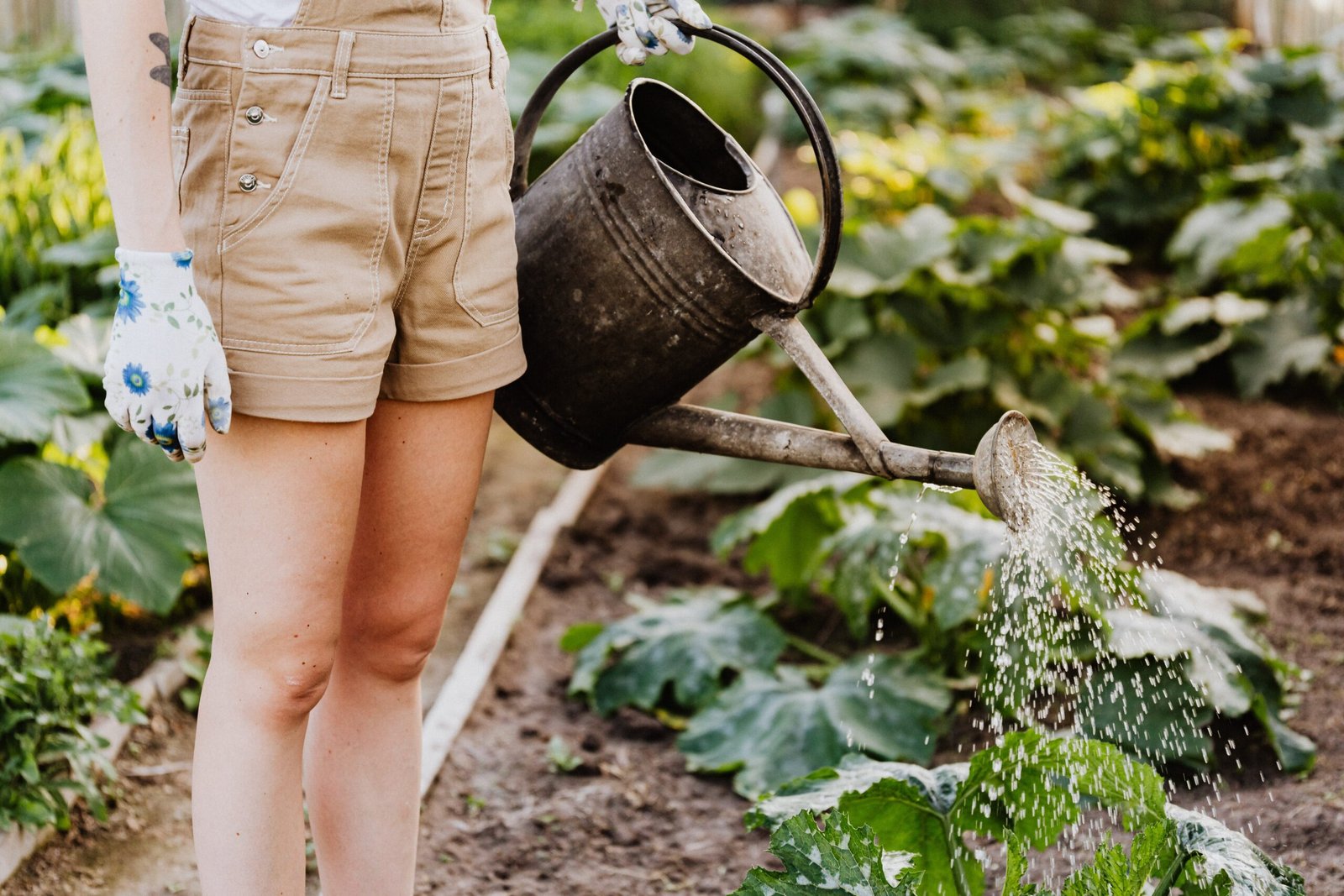
Determining the Layout
Measure your balcony space
Before you start planning your balcony garden, it’s important to measure your available space. Take note of the dimensions of your balcony and consider any constraints like railings or obstructions. By measuring your space, you can determine how many containers or vertical garden structures you can accommodate.
Consider the weight-bearing capacity
Balconies have weight limitations, so it’s essential to consider the weight-bearing capacity when planning your garden layout. Make sure to check your apartment’s regulations or consult with a professional if necessary. Lightweight containers made of materials like plastic or fiberglass can help minimize the overall weight of your balcony garden.
Plan for accessibility and functionality
When arranging your balcony garden, think about how you will access your plants for watering, pruning, and harvesting. Leave enough space between containers to easily navigate and tend to your garden. Consider placing containers with taller plants towards the back, and those with shorter plants or herbs in the front. This will create a visually appealing arrangement while maximizing accessibility.
Preparing the Balcony
Clean the balcony thoroughly
Before setting up your balcony garden, it’s crucial to clean the space thoroughly. Remove any debris, dust, or dirt from the floor, walls, and railings. A clean canvas will not only create a visually appealing environment but also help prevent the spread of pests and diseases.
Check for proper drainage
Good drainage is essential for container gardening. Ensure that your balcony has proper drainage by checking if there are drainage holes in the containers or adding a layer of gravel or broken pottery at the bottom of each container. This will prevent water from collecting and causing root rot.
Create a solid foundation for containers
To ensure stability and prevent accidents, it’s important to create a solid foundation for your containers. Use saucers or trays to catch excess water and protect your balcony floor. If you have a railing, consider using railing planters or secure your containers to prevent them from being blown away during strong winds.

Container Selection
Choose containers with adequate drainage holes
When selecting containers for your balcony garden, opt for those with adequate drainage holes. Excess water needs to drain freely to prevent root rot and waterlogged soil. If the containers you choose don’t have drainage holes, you can drill them yourself or use an inner pot with drainage and place it inside a decorative container.
Consider the material and size of containers
Containers come in various materials, such as plastic, ceramic, terracotta, or metal. Each material has its advantages and disadvantages, so consider factors like durability, insulation, and aesthetics when making your selection. Additionally, choose containers that are appropriate in size for the plants you want to grow, ensuring they have enough space for root development.
Opt for self-watering containers for convenience
If you lead a busy lifestyle or frequently travel, self-watering containers can be a great option. These containers have a built-in water reservoir that supplies moisture to the plants as needed. They help maintain consistent moisture levels, reducing the frequency of watering and ensuring your plants stay healthy even when you’re away.
Soil and Fertilizer
Select high-quality potting soil
Choosing the right soil is crucial for the success of your balcony garden. Select a high-quality potting soil that is lightweight and well-draining. Avoid using garden soil, as it tends to become compacted, inhibiting root growth and drainage. Look for potting mixes that are specifically formulated for container gardening.
Mix in organic matter for better nutrient retention
To enrich your potting soil, mix in organic matter such as compost or well-rotted manure. Organic matter improves soil structure, enhances nutrient retention, and promotes beneficial microbial activity. It also helps retain moisture, reducing the frequency of watering.
Use slow-release fertilizers for consistent feeding
To ensure your plants receive a steady supply of nutrients, incorporate slow-release fertilizers into your potting soil. These fertilizers gradually release nutrients over time, providing consistent feeding for your plants. Be sure to follow the instructions on the fertilizer package for proper application rates.
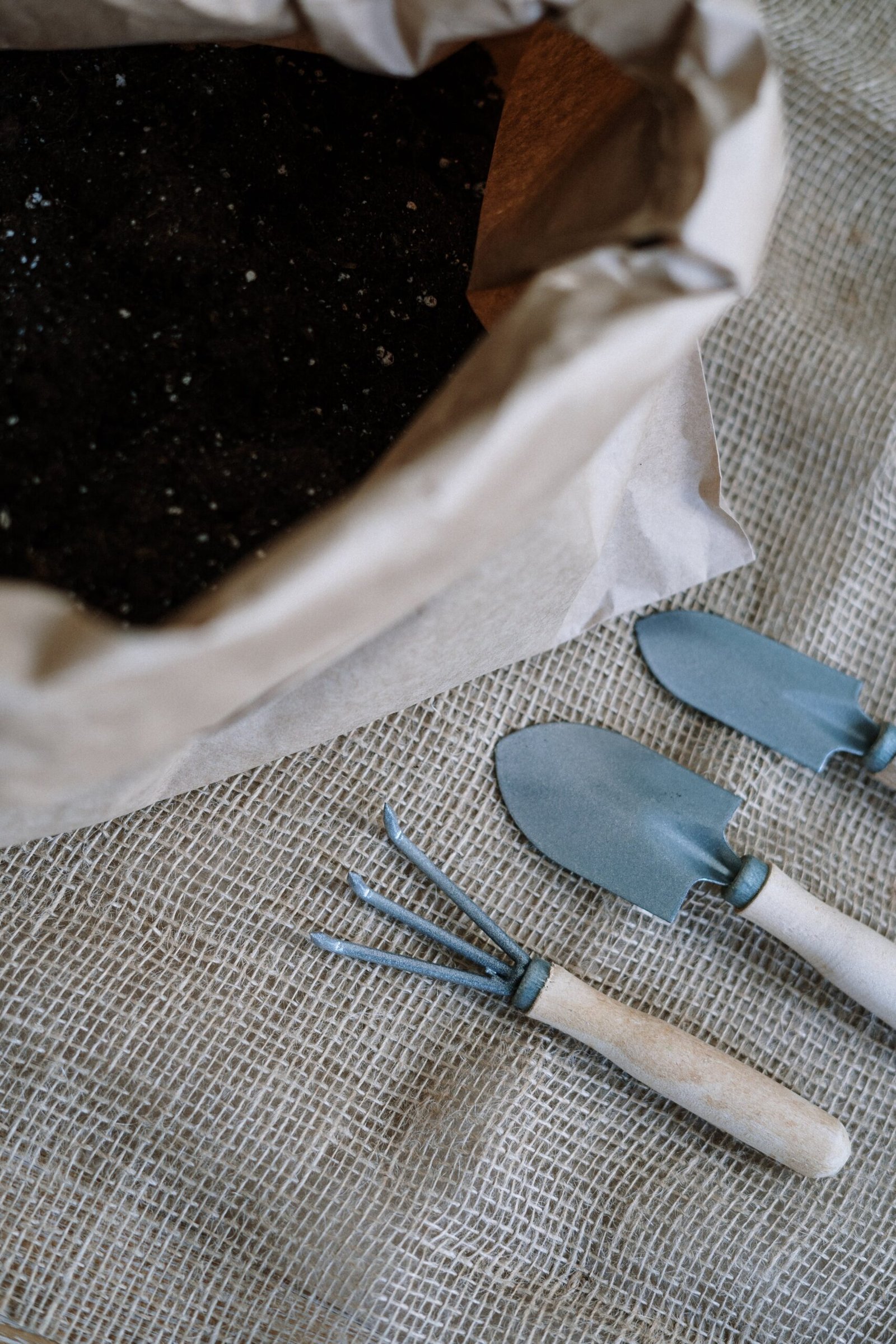
Watering and Irrigation
Water the plants thoroughly
Proper watering is essential for the health and productivity of your balcony garden. When watering, make sure to thoroughly saturate the soil until water starts to drain out of the bottom of the containers. This ensures that the entire root system is adequately hydrated.
Monitor the moisture levels regularly
Different plants have different water requirements, so it’s important to monitor the moisture levels regularly. Stick your finger about an inch into the soil to check for moisture. Water when the top inch of soil feels dry. Avoid overwatering, as it can lead to root rot and other plant diseases.
Install an automatic irrigation system
If you’re concerned about the consistency of watering or if you frequently travel, consider installing an automatic irrigation system. There are various options available, from drip irrigation to self-watering systems. These systems ensure your plants receive water at regular intervals, even when you’re not around.
Managing Pests and Disease
Inspect plants regularly for signs of pests
Pests can wreak havoc on your balcony garden if left unchecked. Inspect your plants regularly for any signs of pests, such as chewed leaves, discoloration, or webbing. If you notice any pests, identify them and take appropriate measures to control their population.
Use organic pest control methods
To minimize the use of potentially harmful chemicals, opt for organic pest control methods. There are various natural remedies available, such as insecticidal soaps, neem oil, or homemade sprays using ingredients like garlic, onion, or chili peppers. These methods are safe for both your plants and the environment.
Prevent disease by maintaining proper hygiene
Diseases can quickly spread among plants in a confined space like a balcony garden. To prevent disease, maintain good hygiene by removing dead leaves, flowers, and fallen debris regularly. Proper airflow through pruning and spacing can also help minimize the risk of fungal infections.
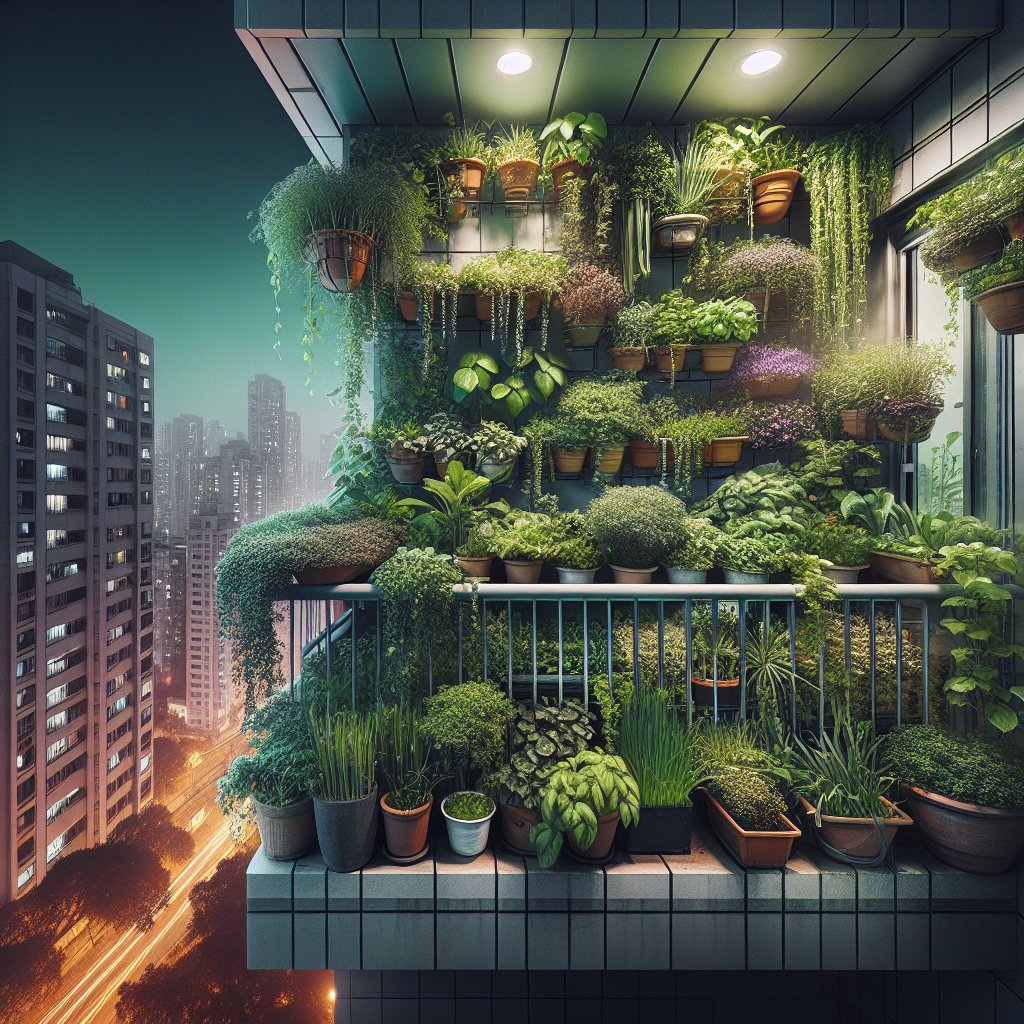
Pruning and Maintenance
Trim and shape plants regularly
Pruning is an essential maintenance task for keeping your balcony garden in shape. Regularly trim and shape your plants to promote bushier growth, increase air circulation, and prevent overcrowding. Remove any dead, damaged, or yellowing leaves or stems. Pruning also encourages plants to focus their energy on new growth and fruit production.
Remove dead leaves and flowers
Removing dead leaves and flowers not only improves the aesthetics of your balcony garden but also promotes the overall health of your plants. Dead leaves can attract pests and provide a breeding ground for diseases. Regularly pluck off any spent blooms or yellowing leaves to keep your plants looking vibrant and healthy.
Monitor the overall health of the garden
Stay vigilant and monitor the overall health of your balcony garden. Look for any signs of nutrient deficiencies, pests, or disease. Being proactive in identifying and addressing issues will help keep your plants thriving and prevent any larger problems from occurring.
Harvesting and Utilizing the Produce
Harvest vegetables and herbs at the right time
Harvesting your homegrown vegetables and herbs at the right time ensures that they are at their peak flavor and nutritional value. Different plants have different harvesting requirements, so familiarize yourself with the optimal harvest times for each variety you’re growing. Harvesting regularly also encourages continued production.
Store and use the produce efficiently
Once you’ve harvested your produce, it’s important to handle and store it properly to maintain freshness. Remove any dirt or debris, and store leafy greens in airtight containers or bags to prevent wilting. Some vegetables can also be blanched and frozen for later use. Utilize your homegrown produce in a timely manner to make the most of its freshness.
Experiment with different recipes and preservation methods
Don’t be afraid to get creative in the kitchen with your balcony garden produce. Experiment with new recipes and preservation methods to make the most of your harvest. Try drying herbs for long-term use, making jams or pickles with surplus fruits or vegetables, or even infusing oils and vinegars with fresh herbs for added flavor.
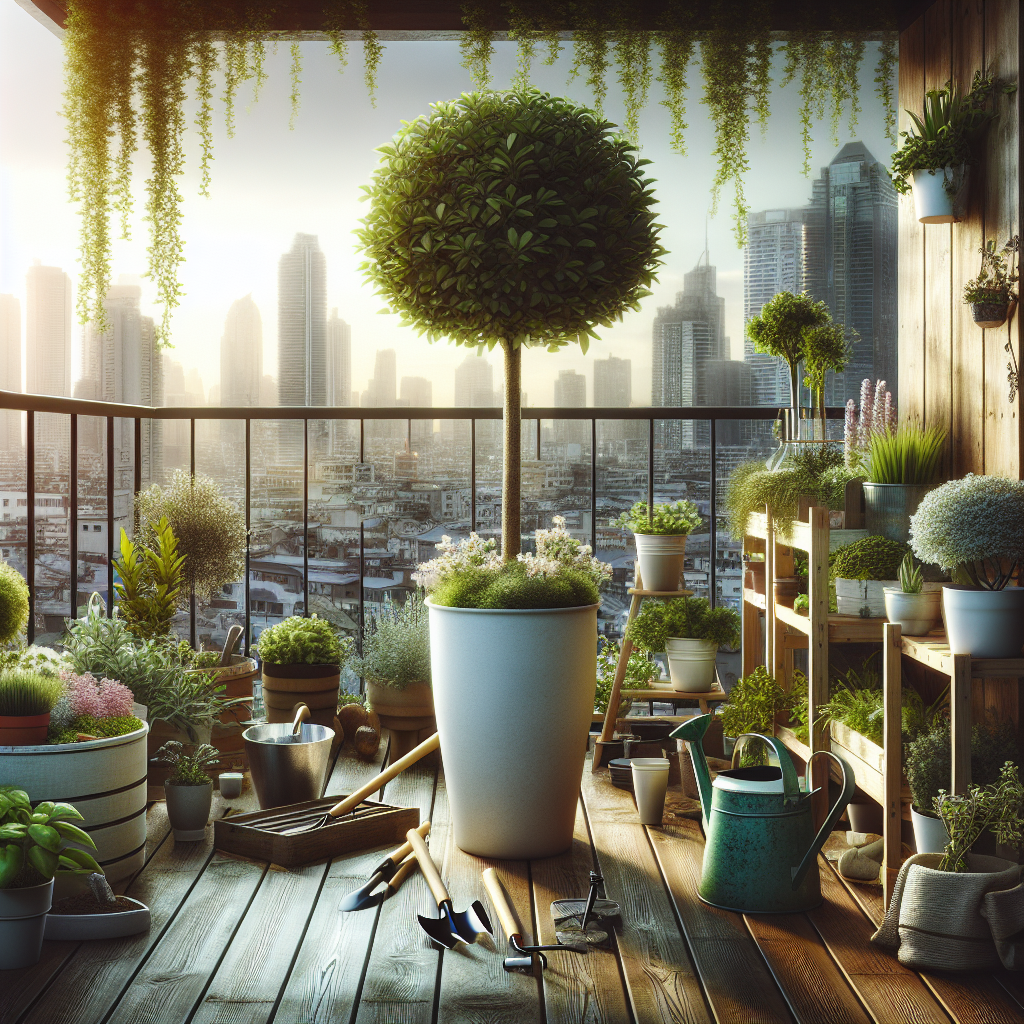
Creating a Relaxing Atmosphere
Incorporate comfortable seating and lighting
In addition to being productive, your balcony garden should also be a space where you can relax and unwind. Incorporate comfortable seating, such as a cozy chair or a bench, where you can enjoy the view and spend time in nature. Consider adding soft outdoor cushions and pillows for extra comfort. Install outdoor lighting to create a cozy ambiance for evening enjoyment.
Add decorative elements and accessories
To enhance the visual appeal of your balcony garden, add decorative elements and accessories. Consider hanging colorful wind chimes, placing decorative lanterns, or adding small statues or figurines. Choose elements that reflect your personality and create a welcoming and inviting atmosphere.
Utilize scented plants for a pleasant aroma
A pleasant aroma can elevate your balcony garden experience. Utilize scented plants like lavender, jasmine, or roses to fill the air with delightful fragrances. Place them strategically around your seating area or along pathways to create a sensory oasis. Additionally, scented plants can also help repel pests and attract beneficial pollinators.
By following these tips, you can create a productive and enjoyable balcony garden in your urban apartment. With careful plant selection, proper maintenance, and a touch of creativity, your balcony can be transformed into a thriving green space where you can relax, grow your own produce, and connect with nature within the confines of your city dwelling. Happy gardening!





